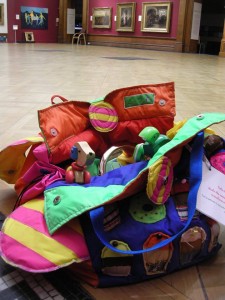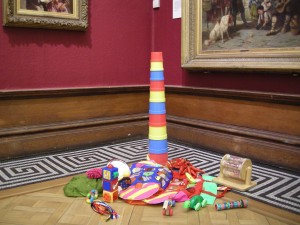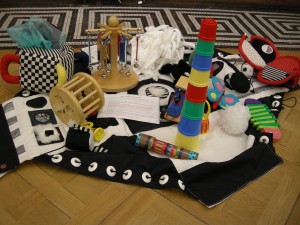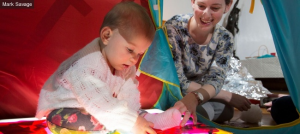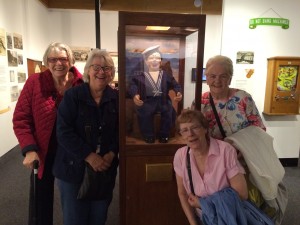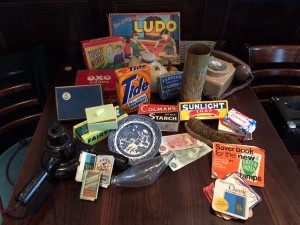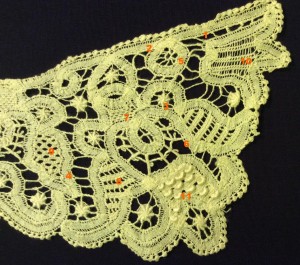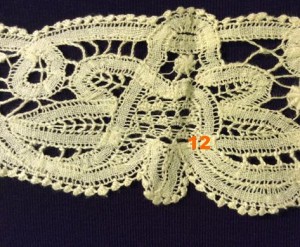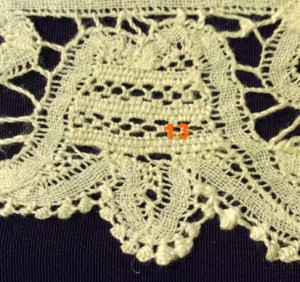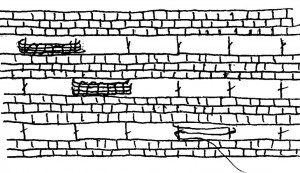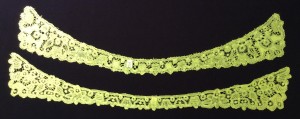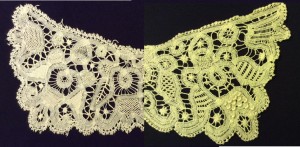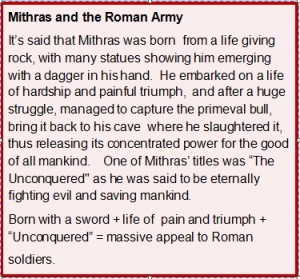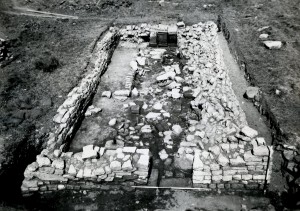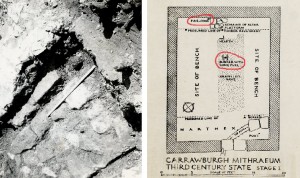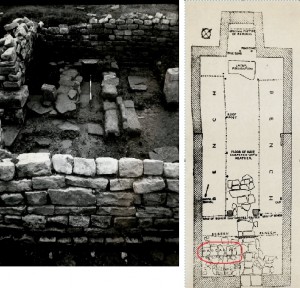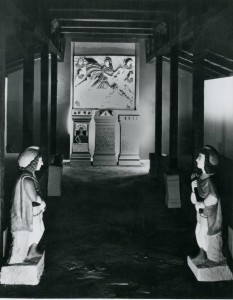I’m really excited to have developed two new offers for Early Years, both of which are free and fairly flexible for people to drop into:
Magic Carpet is a special artist-made bag that folds out into a creative playmat. It comes complete with a selection of toys, treasures and creative activity ideas to help little ones enjoy the exhibitions. The idea for this came partly from the Fitzwilliam Museum in Cambridge, which has a wide range of exciting family offers. The key thing with the Magic Carpet, is it’s to be enjoyed anywhere in the gallery that the family chooses – so no need to feel confined to the play area; instead take it on a journey around the exhibitions and enjoy the artwork as you go!
We’ve been delighted at the response to the Magic Carpet: 24 hours after we first announced it on Facebook, it took its first flight, with a family of 3 generations who told us it was; ”The longest our 3 year old has ever spent in an art gallery – there were so many great toys in the Magic Carpet. He loved looking at the artworks through the kaleidoscope.”
Since then it’s been a delight to catch glimpses of families enjoying it around the gallery: we’ve had a group of mums and babies who set up their play space next to the Tintoretto and the maquette of the Angel of the North; and a grandmother and two granddaughters who popped in because they pass the gallery every day on the way to school but hadn’t been in before. As the 4 year old chose which space to take the Magic Carpet to, she told me ‘Now I know what’s in this place, I think I’ll come again tomorrow to do more looking and playing’. True to her word, the family have popped in again several times to play in different areas of the gallery.
In addition, I’ve recently launched Baby Social: Each season, a selection of toys, books and dens will be available to enjoy in our cosy Lounge. Babies, toddlers and their families are invited to pop in to play and socialise in a relaxing, creative environment.
We’re really looking forward to this event, which will be a creative socializing opportunity and very much open-ended play. As it’s drop in from 10am – 4pm we hope it’ll fit in with most people’s busy family timetables. And of course being on a Saturday means working parents can come too.
Both Baby Social and Magic Carpet are also opportunities for families to explore the gallery independently, rather than in a facilitated way. We hope it’ll help the Shipley to become a thriving family space, where parents feel increasingly at home and welcome to enjoy with their little ones.
